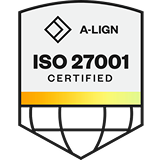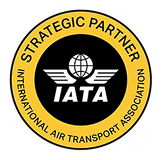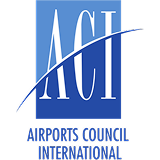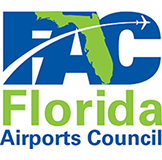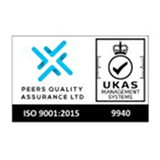Thought Leadership: Building Partnerships in the Sky: A VP of Commercial’s Guide to Airport Transformation

The airport industry moves fast, but building a customer portfolio in aviation requires patience. While passengers expect instant everything, the airports serving them operate on entirely different timescales. As someone who spends their days listening to airport leaders and helping them solve mission-critical challenges, I know firsthand that no two commercial clients are ever the same. A single agreement process can take anywhere from two months to eighteen months to close, and in that time, you’re not just selling software – you’re building partnerships that can last decades.
After years of walking through terminals, sitting in operations centers, and watching gate agents work under pressure, I’ve come to understand something fundamental: airports don’t just buy technology. They invest in trust. And in an industry where a system failure can strand thousands of passengers, that trust isn’t given lightly.
The Complexity Behind Every “Simple” Airport Experience
When passengers think about airports, they see gates, security lines, and departure boards. What they don’t see is the intricate web of stakeholders working behind the scenes to make their journey as seamless as possible.
Every customer agreement involves multiple decision-makers: the Director of Operations focused on passenger flow, IT teams concerned with system integration, CIOs thinking about future scalability, and executive leadership weighing long-term strategic value. Each stakeholder has different priorities, different concerns, and different definitions of success.
In smaller airports, those processing under 5 million passengers annually, decisions can happen quickly. An airline referral can accelerate a two-to-three-month agreement cycle when there’s clear operational pain points and limited bureaucracy.
But move up to enterprise airports handling 30-80 million passengers yearly, and you’re looking at a completely different beast. Take Minneapolis-Saint Paul International (MSP), for example. With their sophisticated IT environment and complex operational requirements, they needed to ensure AeroCloud’s Common Use Passenger Processing Solution (CUPPS) would work not just operationally, but would integrate seamlessly with their existing technology stack and satisfy their rigorous procurement processes.
Building Trust in a Mission-Critical Environment
When you’re building your customer portfolio in the airport space, showing up matters. You can’t foster trust or a meaningful professional relationship from a conference room or a teams call. Be present on-site, walk the terminals and understand the daily operational challenges that keep airport leaders up at night.
When I visit a prospect airport, I don’t just meet with the buying committee, I take the tour. I watch gate agents during peak hours. I see firsthand how passenger flow creates bottlenecks. I understand why a five-minute delay at security can cascade into missed connections and frustrated passengers. This isn’t just good salesmanship – it’s essential due diligence. Airports are entrusting us with mission-critical applications that impact thousands of passengers daily. They need to know we understand the weight of that responsibility.
But trust-building extends far beyond the initial partnership agreement. These airport leaders are thinking five to ten years ahead. They want to know: what will customer success look like? How responsive will your support team be when we have an issue at 2 AM? Will you be able to support the airport’s ongoing growth trajectory? In commercial partnerships you’re not just working with the current operations team – you’re working with the team that will be managing this system years from now.
We unite our internal team to ensure that every airport we onboard has a dedicated commercial, customer success, support, and implementation representative. Together, we own delivery and excellence for that airport and stay engaged through onboarding, implementation, and beyond. Our customer success team also ensures each airport maintains strong health and high NPS scores, even after implementation is complete.
The Referral Economy: Why Every Implementation is Your Next Sale
Aviation is a massive global market, but it’s also remarkably small. Airport leaders know each other. They attend the same conferences, face similar challenges, and most importantly – they talk.
I’ve seen commercial agreements accelerate dramatically because of a single conversation between airport directors. That’s the power of reputation in this industry. But it also means every implementation carries enormous weight. Every single implementation that we do is critical. However, we know full well and we take very seriously that we’re only as good as our last implementation.
For example, many of our customers in Florida solve real operational challenges with AeroCloud, delivering strong results, high passenger throughput, maintaining high NPS scores, and providing responsive support. When we provide great implementations, word spreads quickly. That’s why we hold ourselves accountable every day: each success strengthens our reputation and ensures that those airport leaders become your strongest advocates.
But the other side of the coin is equally true. In an industry this connected, a poor implementation or unresponsive support doesn’t just cost you one customer in your portfolio – it can impact your reputation across an entire region.
The Data-Driven Transformation of Airport Operations
What excites me most about where the industry is heading is how data is transforming airport decision-making from reactive to proactive.
Consider our Common Use Passenger Processing System (CUPPS). One customer, a mid-market airport processing 25-30 million passengers annually, reduced their support tickets by 90% after switching from an on-premise legacy system to our cloud-native solution.
That’s not just an efficiency gain – it’s a transformation in passenger experience. When gate agents aren’t dealing with system failures, they can focus on getting passengers boarded quickly. When flights depart on time, it creates a ripple effect of operational efficiency that benefits everyone: the airport, the airlines, and ultimately the passengers.
Or take our Gate Management System. If an operational team has visibility not only now but into the future in reference to how they’re managing the gates, that’s will hugely increase their operational efficiency, particularly if you’re under construction or if you’re adding more gates. Our automated system doesn’t just reduce daily workload – it gives airports the ability to plan 90 days ahead. Now staff can proactively manage gate assignments, optimize for efficiency, and adapt quickly when disruptions occur.
The Hidden Revenue Opportunity
Here’s something that often surprises airport leaders: technology isn’t just about operational efficiency. It’s about revenue optimization.
Our Passenger Flow Monitoring system (Optic) provides real-time data on how passengers move through airport spaces. This isn’t just useful for managing security queues – though reducing wait times from 150 people with two open lanes to the same number spread across four lanes dramatically improves passenger satisfaction.
The real opportunity is in understanding passenger behaviour to optimize non-aeronautical revenue. When you know how long passengers spend in different areas, you can optimize retail placement, adjust pricing strategies, and improve space utilization. For most airports, these non-aeronautical revenues – parking, retail, real estate – are more profitable than airline fees.
Why the Mid-Market is Aviation’s Sweet Spot
While everyone talks about large enterprises, I believe the real opportunity lies in mid-market airports processing 5-30 million passengers annually. These airports face the same operational challenges as their larger counterparts, but historically couldn’t afford the high upfront costs and complex implementations that legacy vendors demanded. AeroCloud’s cloud-native and modular software changes that for mid-market airports.
An airport customer will often begin by implementing one solution to address a specific need, prove ROI, and expand incrementally. We’ve seen it repeatedly: once a customer experiences tangible results with CUPPS, they naturally expand to Gate Management, and later to Passenger Flow Monitoring as the operational benefits become clear. This gradual, results driven approach allows airports to manage risk, optimize costs and scale the solutions that directly address their operational needs in line with their growth.
The Future is Already Here
The airports that will thrive in the next decade aren’t necessarily the biggest or most funded – they’re the ones willing to embrace data-driven decision making and cloud-native technology.
Legacy systems might seem stable, but they’re actually the highest-risk choice. When your passenger processing system requires constant IT support, or you can’t see passenger flow patterns in real-time, you’re not just missing opportunities for efficiency. Your legacy system is absorbing staff hours, dedicated hardware space and lacks adaptability. The future of airport operations isn’t about revolutionary technology – it’s about efficiency powered by better data, more responsive systems, and the ability to plan proactively rather than react to problems.
For airport leaders evaluating their next technology investment, my advice is simple: don’t just look at the upfront cost. Look at the total cost of inaction, from passengers’ dissatisfaction, inefficiencies and outdated tools. The question isn’t whether to modernize your airport, it’s whether you’ll lead the transformation or be forced to catch up later.
About the Author
Jeff Gore
Vice President of Global Sales
Jeff Gore is a high-velocity sales leader with a track record of driving revenue, scaling teams, and shaping growth cultures in IT software and recruiting. Known for blending strategy with hands-on leadership, Jeff consistently delivers results and has built a winning sales team at AeroCloud.








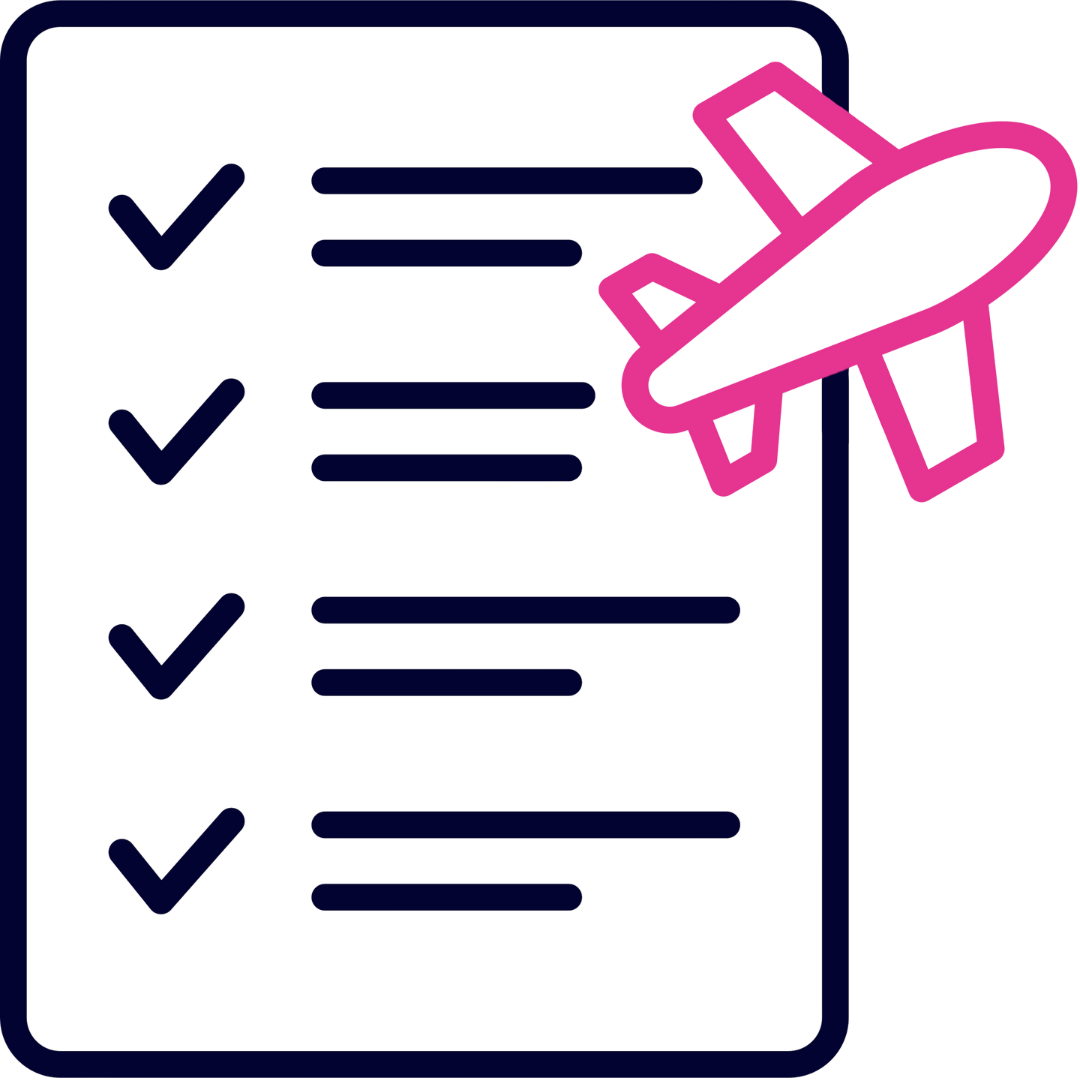

 1st September 2025
1st September 2025 
